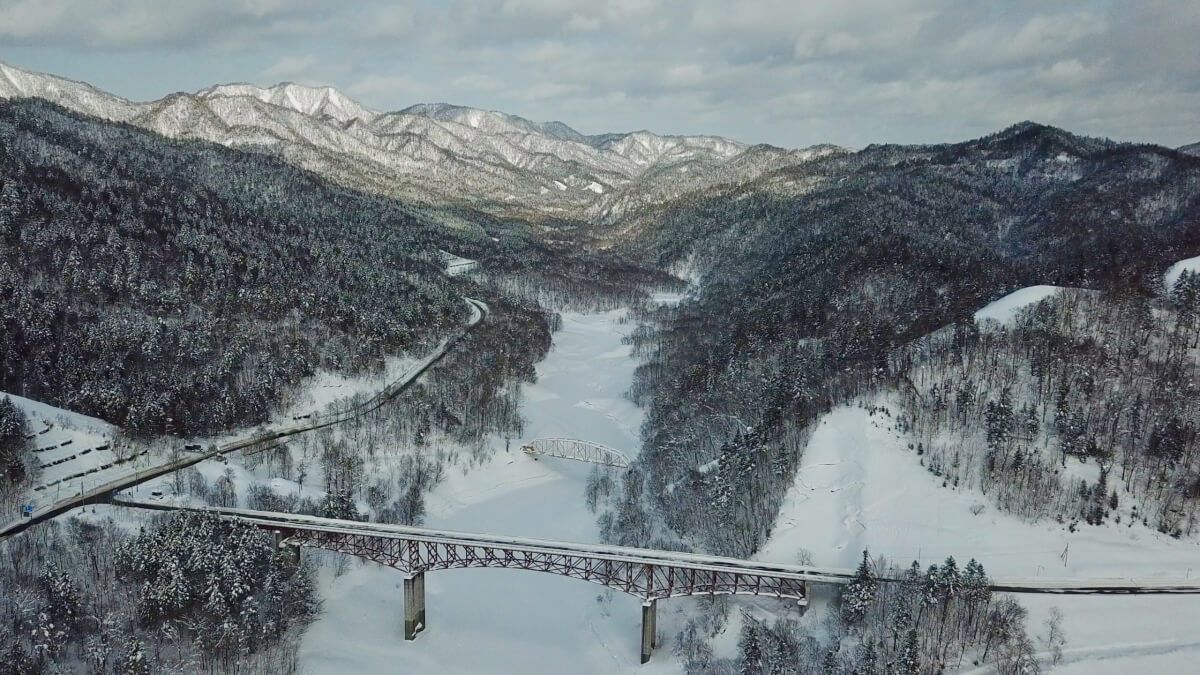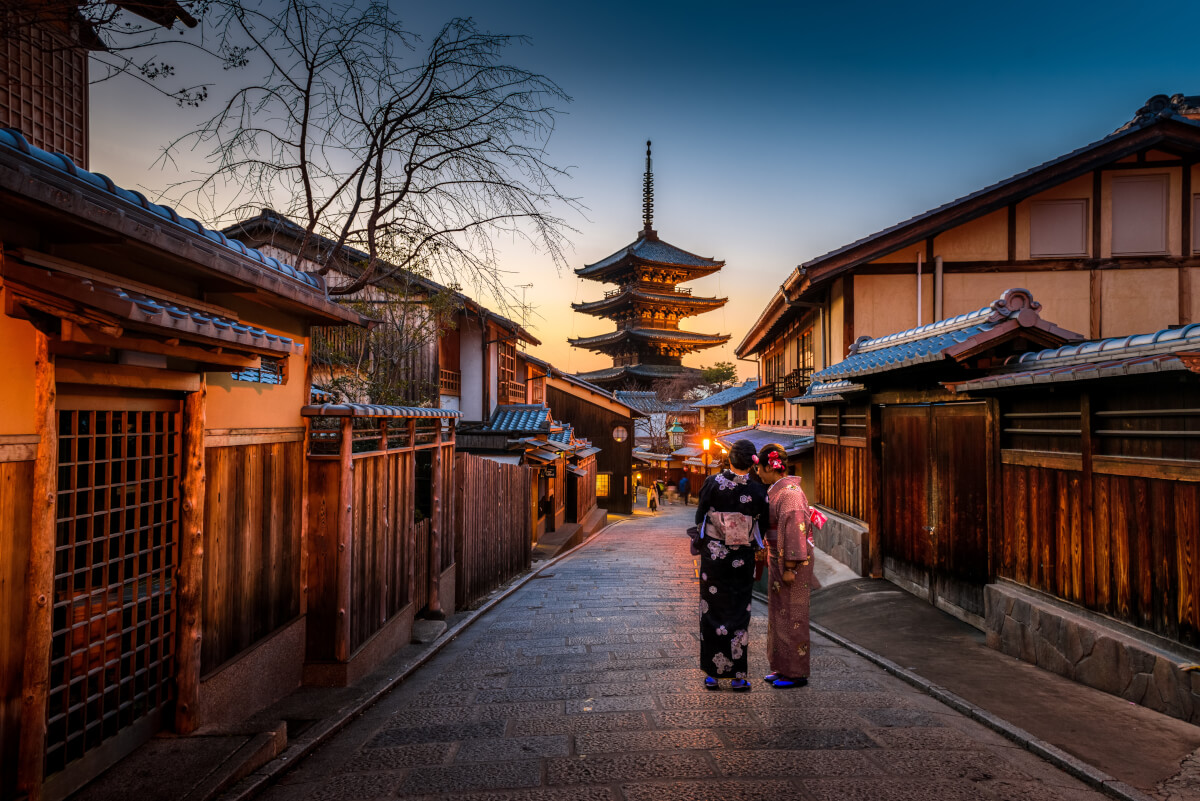Tokyo, the capital of Japan with the extraordinary large population, is the very center of everything in this country. It is full of the cutting-edge technologies and the modern skyscrapers representing the continuous growth of the economy. On the other hand, there are a number of historical sites which offer a valuable opportunity to learn about the history of the urban area, and what it has been through until it finally realized the successful development. In this article, we will introduce our top 10 historical sites that you should not miss in Tokyo!
1. Tokyo Imperial Palace
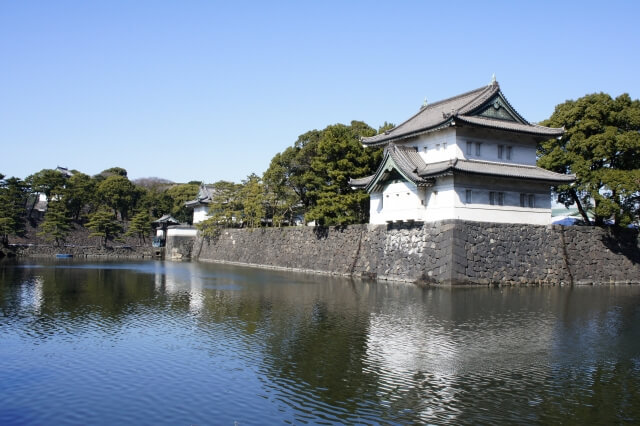
Tokyo Imperial Palace is an official residence for the emperor of Japan and the imperial family. It is located on the site of the old Edo castle, where the Tokugawa shogunate was established and ruled the entire country with its incomparable political power during the Edo era. Apart from the main residence, there are a number of historical structures such as administrative offices where the emperor performs the duties. Some parts of the palace is open to the public, and you can enjoy a relaxing walk in the huge park called Kokyo Gaien National Garden.
2. Sensoji Temple Asakusa
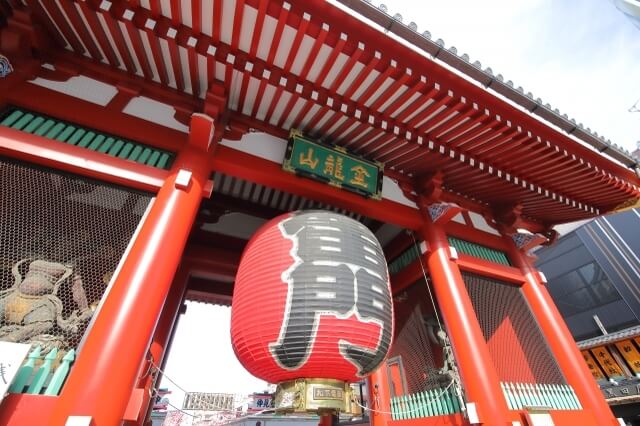
Sensoji Temple is a Buddhist temple in Asakusa, Tokyo. It is known as the oldest temple in Tokyo with the long history dating back to 628. It once belonged to the Tendai sect, but became independent later. It is often listed among the top 10 temples to visit on New Year’s Day to make wishes for the year, and often selected as one of the main destinations for school trip of junior high and high school students. The giant red lantern hanging on the main gate is an iconic symbol, and you will see a lot of tourist take pictures of it. Once you enter the gate, there are a number of lively small stalls along the main street leading to the main temple. They sell traditional Japanese foods and small products suitable for souvenir!
Temple is open 24 hrs a day but the main hall is only open between 6am – 5pm
3. Edo Tokyo Museum*Temporarily closed
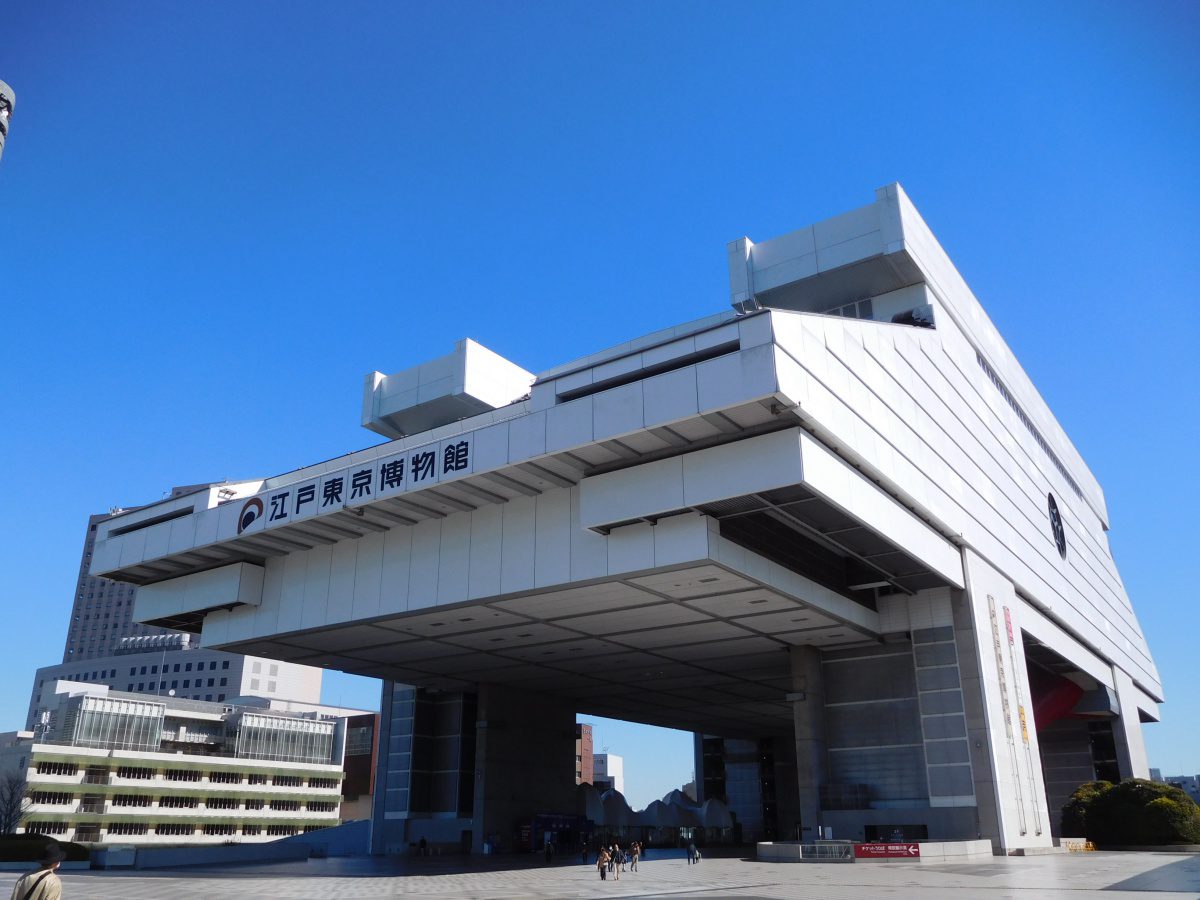
Edo Tokyo Museum opened in 2005, and this is exactly where you can learn the transition of the history and culture from the Edo era to the current Tokyo. The museum consists of 7 floors and 1 basement, and each of them are filled with a large selection of exhibits which help you understand the ordinary life of people back in the old days during the Edo era. One of the highlights of the museum is a half-size model of a famous bridge called Nihon-bashi, which was once an iconic wooden bridge connecting the Edo area with the other regions around Japan. The actual bridge has been replaced with the concrete one, but visitors still can observe the reproduced details at the museum.
9.30am – 5.30pm (Mondays closed)
Admission fee ¥600 (adult)
*It’s temporarily closed due to the reconstruction of the museum. It will reopen in 2025.
4. Shinjuku Gyoen
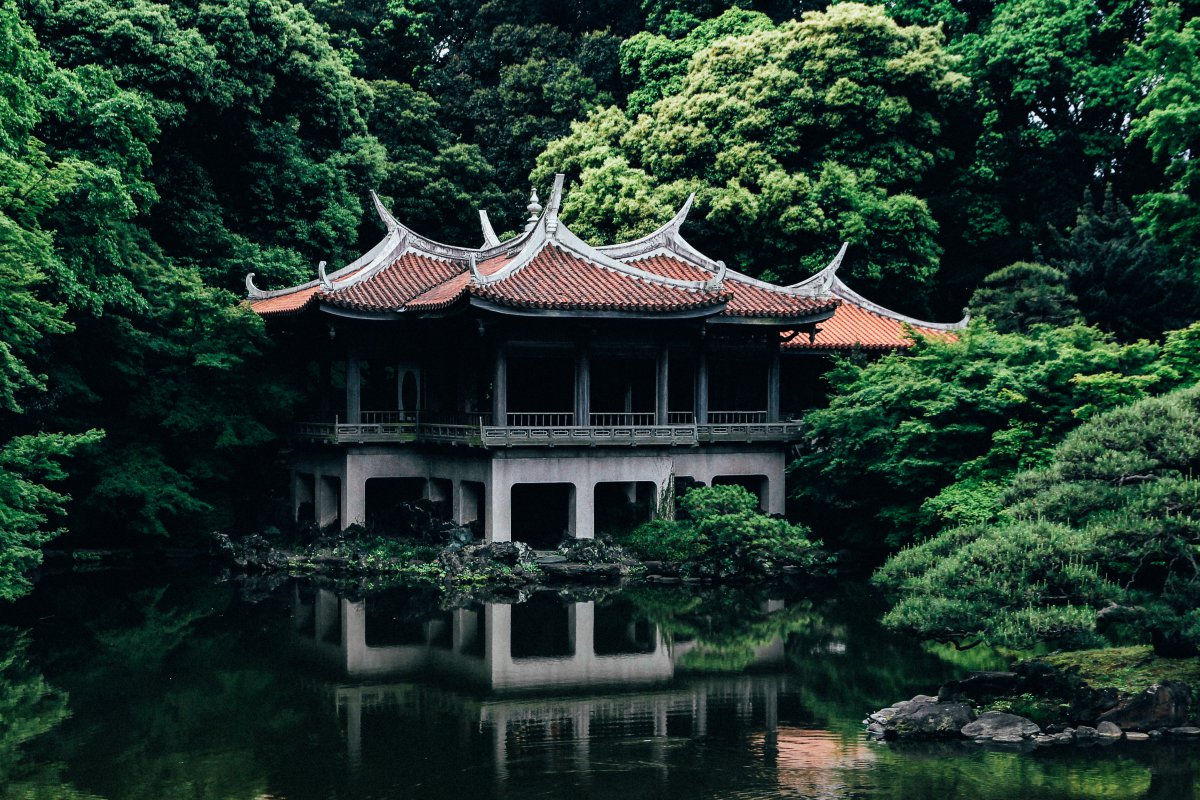
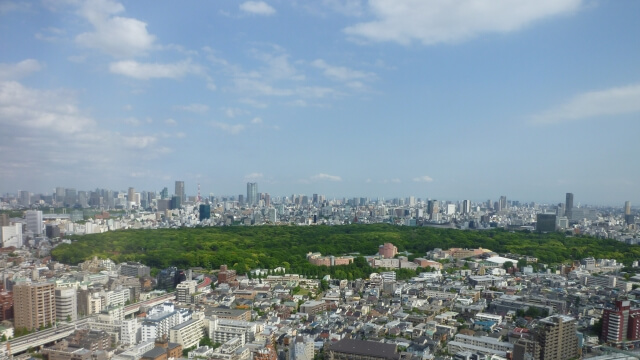
Shinjuku Gyoen is a huge park and garden which is located between Shinjuku and Shibuya ward. There used to be a private Samurai residence during the Edo period and later opened to the public as a national park in 1949. The garden has a distinctive appearance with a mixture of three different styles including the traditional Japanese garden, English landscape, and a French formal. It is also famous as a cherry blossom viewing spot, and get crowded with visitors to admire the thousand cherry blossoms in bloom during the spring season!
9am – 4pm Oct. 1st – Mar. 14
9am – 5.30pm Mar. 15 – Jun. 30 & Aug. 21 – Sep. 30
9am – 6.30pm Jul. 1st – Aug. 20
*closed on Monday
Admission ¥500
5. Yushima Tenmangu

Yushima Tenmangu is a Shinto shrine situated in Bunkyo ward. It was established in 458 and dedicated to Sugawarano Michizane, who has been revered and respected as the god of learning over centuries in Japan. During the entrance examination season, students flock there to pray for good results and successfully passing the entrance exams to get into schools they are aiming for.
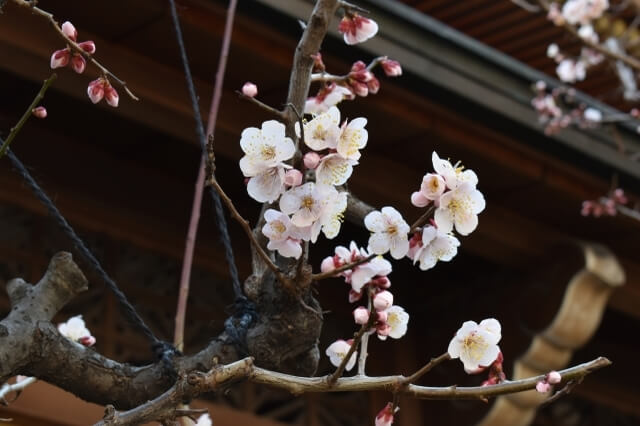
It is also known as a plum blossom viewing spot, and the plum trees standing by the shrine offers a peaceful time for visitors. The flower may look similar to the cherry blossoms, but you will find slight differences in its color and the number of petals.
6am – 8pm
6. Meiji Shrine (Meiji Jingu)
Meiji Shrine is another Shinto shrine which was established in 1920. It is dedicated to the emperor Meiji and his wife, and is also recognized as the most visited shrine on New Year’s Day in Japan. For people surviving in the busy, stressful society in the metropolitan city, it offers a peaceful time and plays a vital role to preserve the traditional aspect of the country.
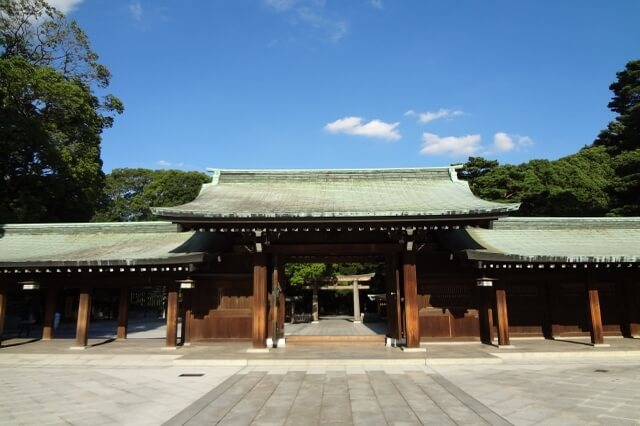
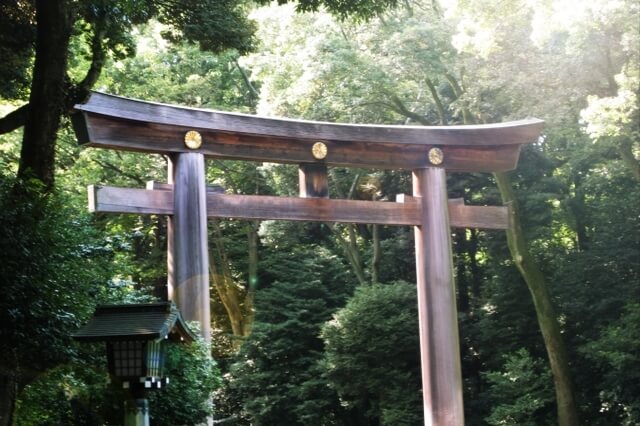
The shrine is situated in a huge forest, and once you go through the entrance gate, you will be impressed by the plenty of nature and a deep forest surrounding the path leading to the main shrine. The sacred atmosphere takes away your exhaustion, and you can’t easily believe that you are in the heart of the biggest city in Japan.
The opening times vary each month (~sunrise – ~sunset)
7. Kyu-Iwasaki-tei Garden

Kyu-Iwasaki-Tei was used as a private residence for Iwasaki Family, which founded Mitsubishi group and recognized as a successful family during the Meiji era. The three remaining original structures are designated as National Important Cultural Property, and the huge garden represents a fusion of Japanese and Western style of gardens. The Western-style building and a small billiard house were designed by Josiah Conder, a famous British architect who was hired by the Meiji government and got involved in designing a number of notable structures.
9 am-5 pm
Admission fee¥400
8. Yasukuni Shrine

Yasukini Shrine is a Shinto Shrine in Chiyoda ward in Tokyo. It was established in 1869 in accordance with an order and will of the Emperor Meij. He strongly hoped to build the shrine in order to console the spirits of those who lost their lives in several wars during and after the Meiji era. The name Yasukuni refers to a peaceful country, and it is served as a commemorative place to tell the achievement of lost people down to the next generations. Some might have an impression on the shrine strongly related to the religious or political aspect, but it is widely visited by ordinary tourists as well. It gives you an opportunity to appreciate the current peaceful world, and realize the tragedy that war can bring to our society.
6am – 6pm (from Mar. – Oct.)
6am – 5pm (from Nov. – Feb.)
9. Akasaka Palace
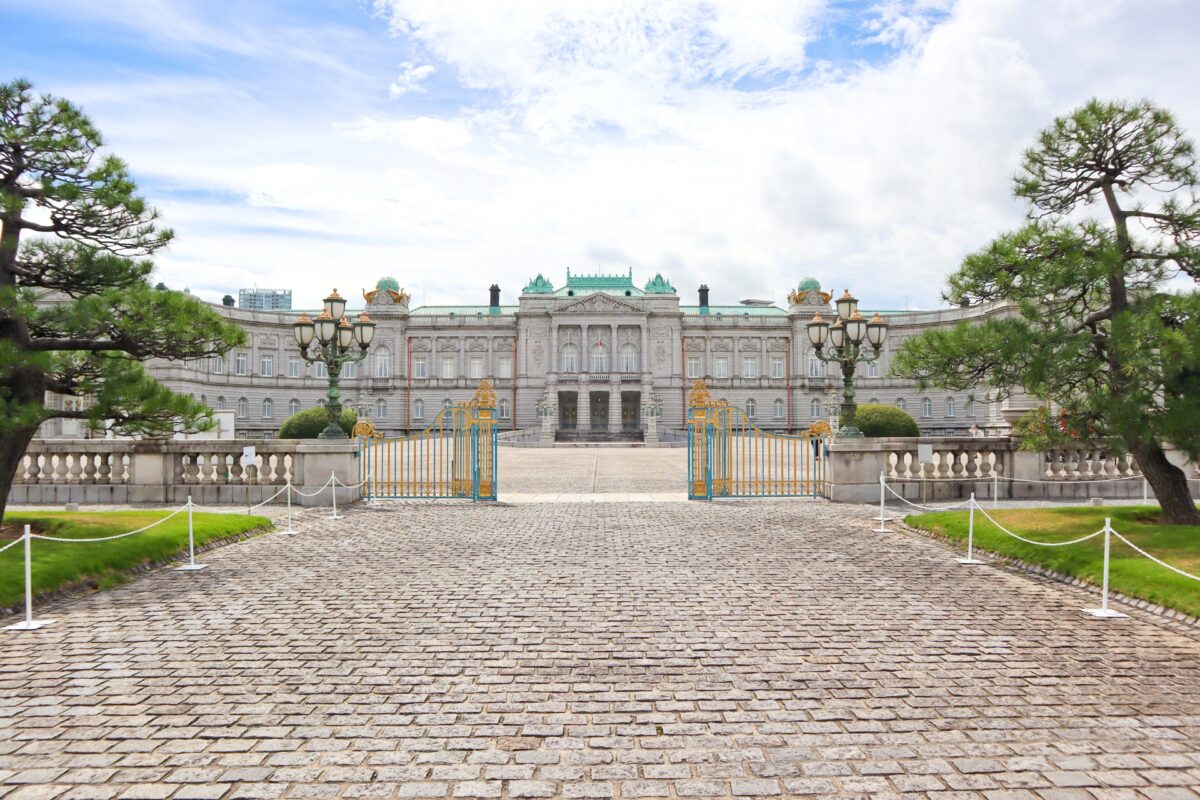
Akasaka palace or Geihinkan (also known as “the State Guest House”) plays a significant role as the official facility to welcome dignitaries from all over the world. It was originally built as a crown prince’s residence, but later started to be used as a palace for diplomatic activities. Visitors can explore the historical buildings featuring the impressive architectural style called Neo-baroque style. The stunning design of the main building resembles the Buckingham Palace, and you can participate in a special tour taking you to the inside of the building, where a number of valuable exhibits are placed.
Check current opening hours & admissions before you go as they frequently differ.
10. Tokyo Tower
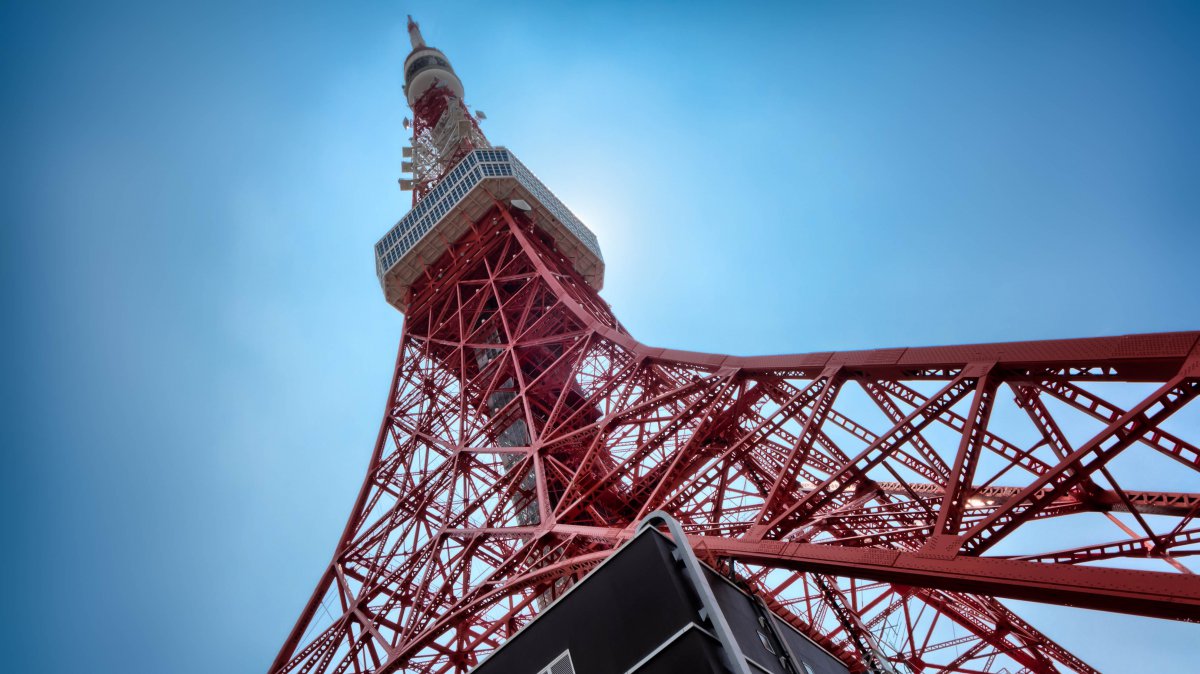
Our final destination is Tokyo Tower, which, at first might not occur to you as a historical hotspot. Though, the tower has been undoubtedly loved as a landmark in Tokyo since its establishment in 1957! It is the second tallest structure in Japan, and has two observation decks offering a stunning view of the entire city of Tokyo. On the lower floors, there is a large shopping complex called Foot Town, where you can walk around to get some food and souvenirs. As Tokyo Skytree, the other new landmark structure has been attracting more tourists, it is relatively less crowded and enjoyable at any time.
9am – 11pm (Main Deck)
9am – 10.45 pm (Top Deck Tour)
Admission fee ¥1,200 (main deck), ¥2,800 (Top Deck)
Get your discounted tickets here!
Japan Wonder Travel Tours
If you need some help to organise your trip to Tokyo, you should definitely check out our private tour including English guide. We’re happy to help you make your trip to Tokyo a safe, comfortable, and unforgettable memory!
Tokyo 1–Day Highlights Private Walking Tour
Enjoy our private walking tour in Tokyo with our knowledgeable guide and discover some of the highlights of Tokyo! This tour can be customized according to your wishes.
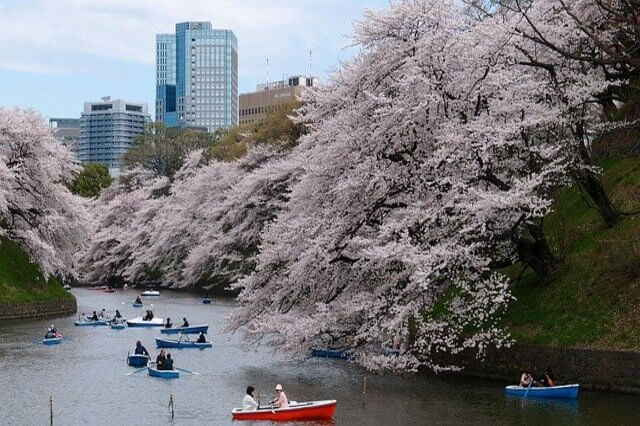
It is true, Tokyo being the biggest city of the world by population and also the fastest growing city in the world, is a modern, crowed, urban city with advanced technologies. But if you pay a little more attention to other aspects, you will discover beautiful, sometimes hidden, spots as well. These spots will give you a better understanding of the Japanese culture and history and will enrich your trip to Tokyo!
If you liked this article, also read 10 Best Historical Sites in Japan!
Follow us on Instagram or Facebook for more travel inspiration. Or tag us to get featured!
Happy travelling!
Other articles you might like



This post contains some affiliate links. When you click through and make a purchase we may receive some commission, at no extra costs to you.

